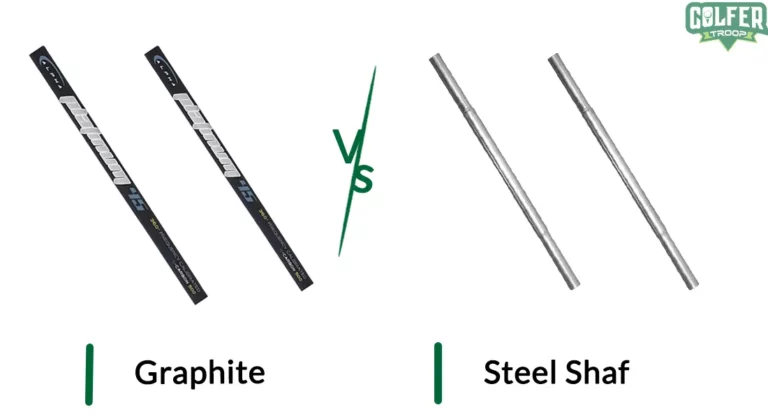What Does Forgiveness Mean In Golf? Understanding Its Meaning and Significance
Are you an aspiring golfer looking to improve your game? If so, you may have come across the term “forgiveness” when researching golf clubs. But what exactly does forgiveness mean in the context of golf?
When we talk about forgiveness in golf, we’re not talking about apologizing for a bad shot. Instead, forgiveness refers to a club’s ability to minimize the impact of bad swings and poor contact with the ball. This means a forgiving club can still help you hit a decent shot even if your swing isn’t perfect.
In this article, we will explore what forgiveness means in golf. So whether you’re a seasoned pro or just starting, read on to learn more.

What Does Forgiveness Mean in Golf?
Forgiveness means the construction and design of golf clubs that reduce the negative effects of bad swings or poor ball contact.
This concept was first introduced by Karsten Solheim, founder of Ping, who realized that golf clubs could be easier to hit if designed to be forgiving.
Golf clubs come in many different shapes and sizes, each with its own unique set of characteristics. For example, a larger clubhead can provide a larger sweet spot, the area of the clubface that produces the most consistent results.
Additionally, the weight placement in the clubhead can affect how forgiving the club is on off-center hits.
Many modern golf clubs are made from materials such as titanium or carbon fiber, known for their strength and lightweight properties.
These materials allow more weight to be distributed around the clubhead’s perimeter, resulting in a more forgiving club.
The goal is to increase the club’s moment of inertia (MOI) and lower its center of gravity, reducing distance loss on mishits.
Forgiveness doesn’t cure a bad swing, but it helps to make bad shots less severe and improve the overall performance of a golfer’s game.
What Makes a Golf Club Forgiving?
A golf club is considered forgiving when designed to reduce the negative effects of off-center hits or mishits.
Forgiving clubs are ideal for golfers who tend to hit the ball off-center or struggle with consistency. The following are some of the key features that make a golf club forgiving:
Clubhead size
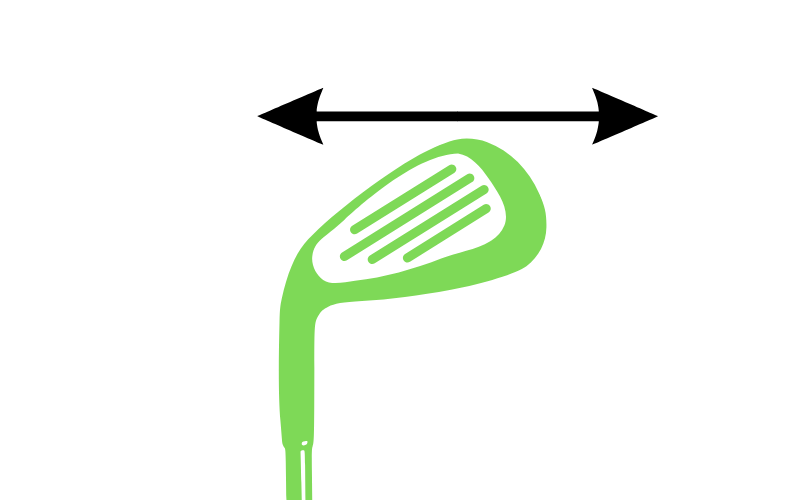
A larger clubhead size provides a larger sweet spot, the area of the clubface that produces the best results.
Larger sweet spot means that the clubface will still produce a good shot even if the ball is struck off-center.
To find the sweet spot, try hitting the ball just behind where your hands meet your hips, and it will help you easily hit long drives and putts.
Perimeter Weighting
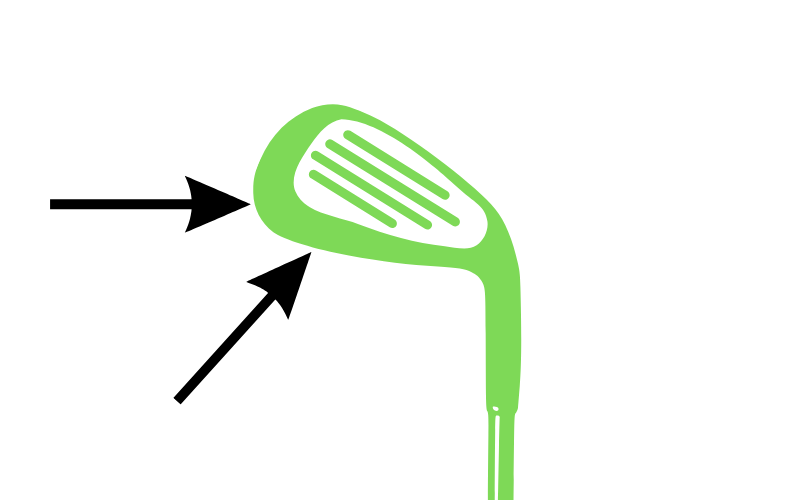
This refers to the weight redistribution around the clubhead, usually to the perimeter or outer edges.
It creates a higher moment of inertia (MOI), which resists twisting upon impact and maintains ball speed and accuracy.
Low center of gravity (CG)
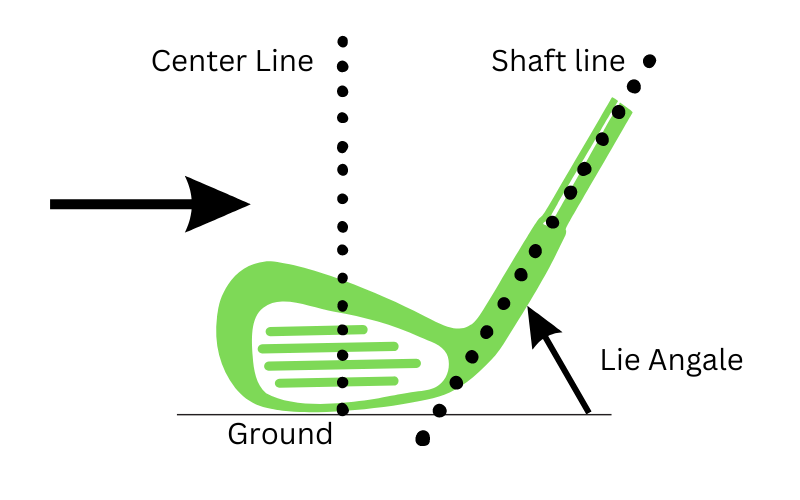
A low CG helps launch the ball higher and reduce spin, leading to longer, straighter shots. This is especially important for drivers and fairway woods.
Cavity Back Design
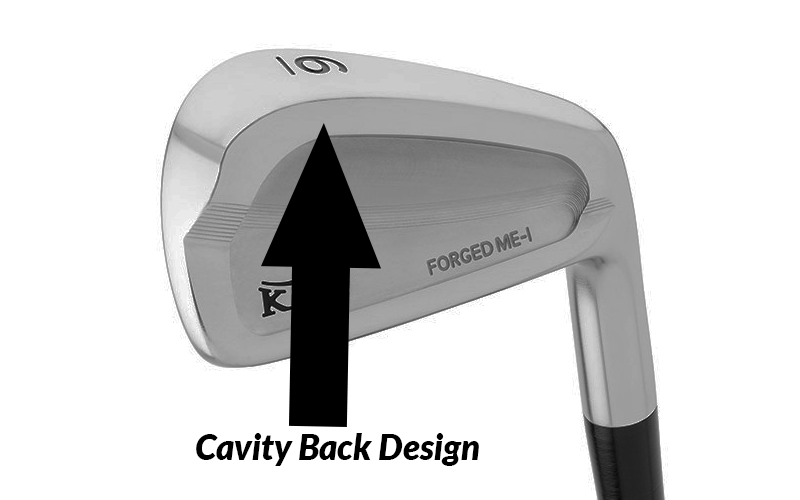
The cavity back design has become the preferred choice for golfers of all skill levels due to its various advantages.
Golfers can now hit the ball more confidently, knowing their shots will remain consistent even with slight miss-hits.
Do Forgiving Irons Make a Difference?
As a golfer, you may have heard that irons can be forgiving. This means that the club can still hit the ball fairly well even if your shots are off-center or out of bounds. But do they make any difference?
So, to answer your question, forgiving irons can make a difference, especially for beginners who are still learning the game.
However, punishing irons may benefit experienced players who need more precision and control.
Ultimately, the choice of irons will depend on your skill level, playing style, and personal preferences.
Frequently Asked Questions
Our golf-lover readers often ping us with their questions and queries. In this section, we have tried to answer some of their common and most-asked questions about forgiveness in golf clubs.
How Does Forgiveness In Golf Clubs Work?
Forgiveness clubs are built in such a way that their design elements reduce the negative effects of bad swings and poor contact with the ball.
Some common design elements include perimeter weighting, a larger sweet spot, and other features that make the club more forgiving.
What Are Game Improvement Clubs?
Game improvement clubs are designed with elements that improve forgiveness, making it easier for golfers to hit straighter and farther shots. These clubs are particularly helpful for beginners and high-handicap players looking to improve their game.
How Do Forgiving Clubs Help Golfers?
Forgiving golf clubs compensate for bad swings by helping the ball travel straighter and faster than normal, making it easier for golfers to hit better shots. Thus golfers can enjoy more confidence and enjoy the game more with these clubs.
Are New Irons Better Than Old?
New golf clubs are usually better than old ones because they are well-maintained and last longer. However, if your club is over ten years old, you may not need to replace it yet. Instead, check for any damage and make repairs if necessary.
Final Words
Golf has evolved tremendously over the years, with golf clubs being a significant part of that evolution.
One of the most notable advancements in golf club technology is the development of forgiving clubs.
Forgiving clubs compensate for bad swings by helping the ball travel straighter and farther than it would normally.
As a golfer, it’s essential to have forgiving clubs because even the best players make mistakes.
When choosing a golf club, think about your swing speed and the type of golf course you’ll be playing on. If you’re new to golf, choosing an average or slightly below-average club is better.
- Read Also: Are Golf Lessons Worth It: Unraveling the Mystery!
- Read Also: What Tees Do LPGA Players Use? [Explained]
- Read Also: What Clubs To Bring To Topgolf? [Making The Most In The Field!]
- Read Also: Breaking Down Bay Area Country Club Membership Fees: What You Need to Know
- Read Also: Worst Golf Course in America | Uncovering the Terrible Truth
- Read Also: What Kind of Clubs Does Topgolf Use: An Insider’s Look
Meet Jalal, a passionate golf writer and the driving force behind Golfertroop.com, your go-to destination for all things golfing! Whether you’re a seasoned golfing veteran or a beginner taking your first swing, Jalal is here to assist you in making the most out of your golfing experience.

